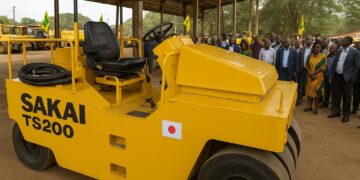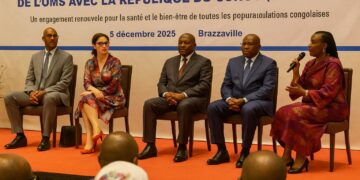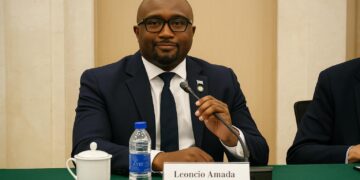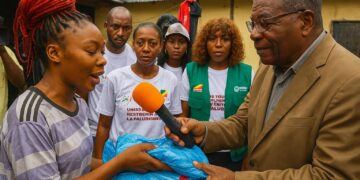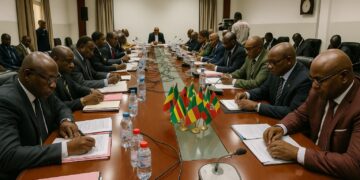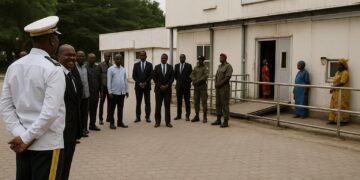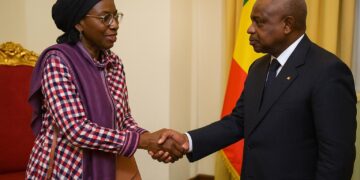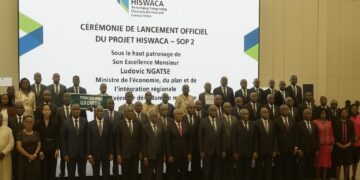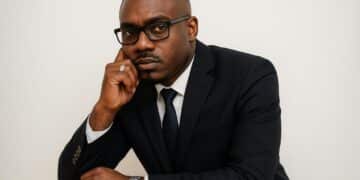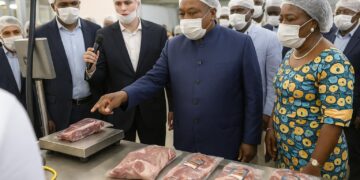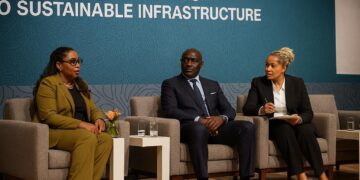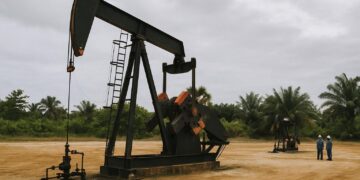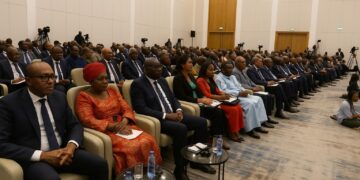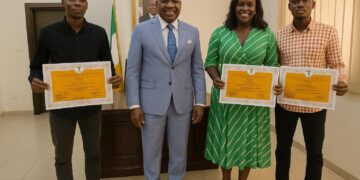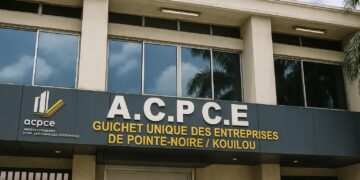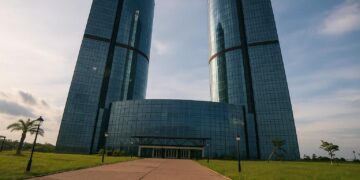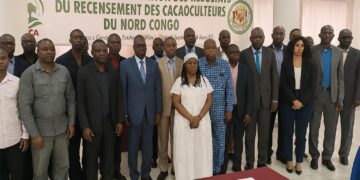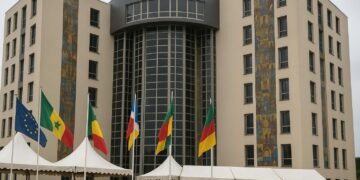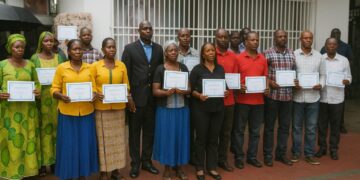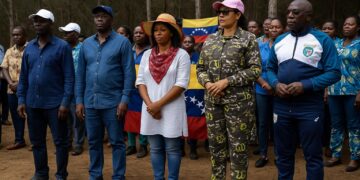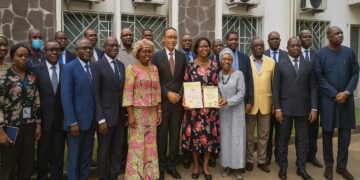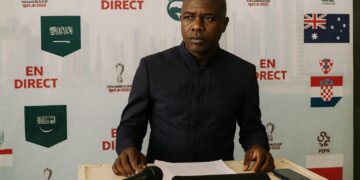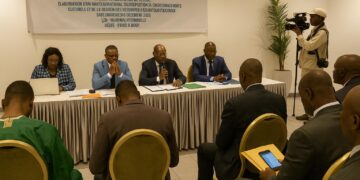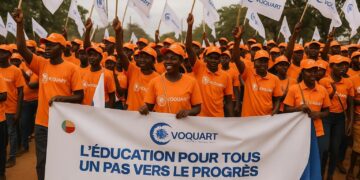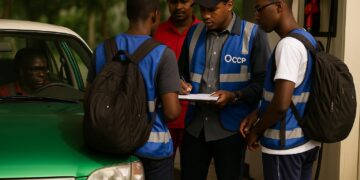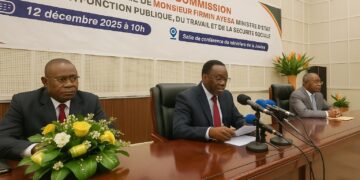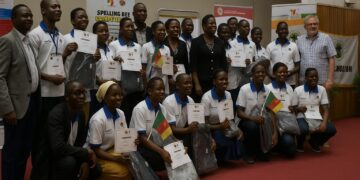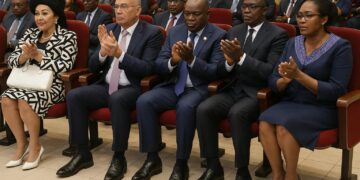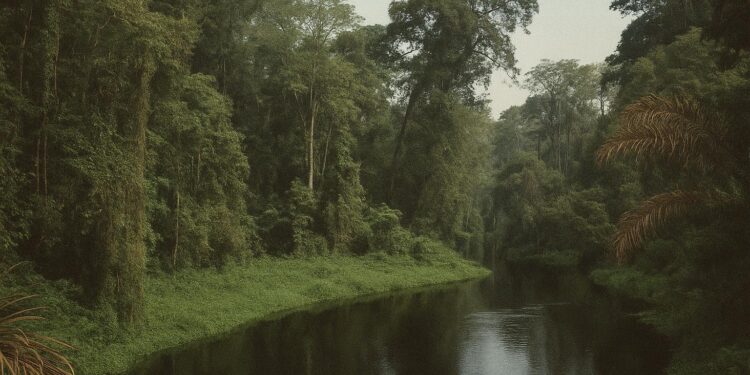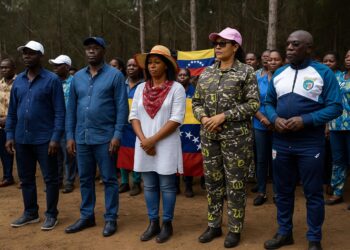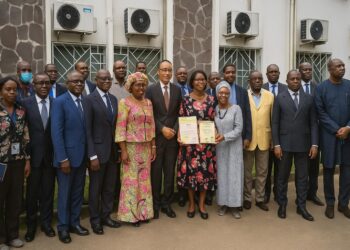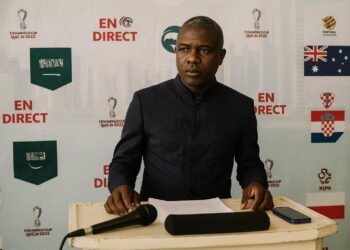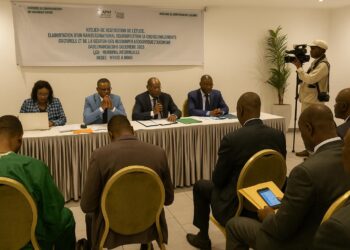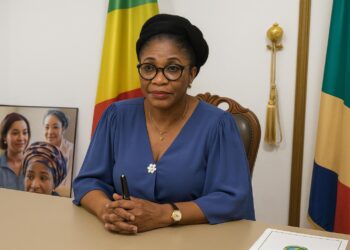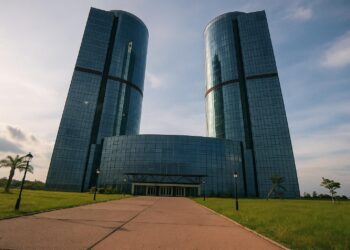Strategic Crossroads in Central Africa
The Republic of Congo sits astride the equator, bounded by the Atlantic Ocean to the west, the mighty Congo River to the east and one of the world’s richest rainforests in between. This geography is more than cartographic trivia: it endows the country with marine access, riparian linkage to six neighbours and a carbon-absorbing canopy increasingly prized by global climate negotiators. Recent satellite mapping from the Central African Forest Initiative confirms that Congolese forest zones are sequestering roughly 1.5 gigatonnes of CO₂ annually, an ecological service that elevates Brazzaville’s voice in climate forums (CAFI 2024). Against the backdrop of recurrent Sahelian droughts, the nation’s equatorial rainfall pattern offers comparative hydrological security, with the Kouilou-Niari and Ubangi basins providing renewable water resources well above the sub-regional mean, according to data compiled by the African Development Bank.
Demographic Dynamics and Urban Gravity
The population, projected by UN DESA at 6.1 million for 2024, is youthful and urbanising at a brisk 3.6 percent per annum. Nearly half the citizens reside in the twin hubs of Brazzaville and Pointe-Noire, creating a coastal-to-riverine urban corridor that concentrates demand for housing, services and employment. The 2023 national census records a median age of 19.2 years, underscoring both labour-force potential and the policy urgency of expanding vocational education. Government expenditure on health has risen to 4.5 percent of GDP, surpassing the ECCAS average, and maternal mortality has fallen by a third since 2010 (WHO 2023). These metrics reveal incremental but tangible gains in human capital, even as planners acknowledge persistent rural-urban gaps in potable-water coverage and broadband penetration.
Energy Wealth and Economic Diversification Imperatives
Hydrocarbons remain the fiscal linchpin: offshore fields in the Moho-Nord and Nkossa blocs generated 267 000 barrels per day last year and financed roughly two-thirds of public revenue (IMF 2024). Yet volatility in Brent prices during the pandemic convinced policy-makers that the old hydrocarbon monolith must evolve. A three-year programme with the IMF, concluded in December 2023, commits Brazzaville to raise non-oil tax receipts, expand gas-to-power infrastructure and pilot special economic zones in agriculture and timber processing. Early signals are promising. The agri-industrial estate at Oyo has doubled cassava starch output, while Chinese and Emirati investors have co-funded a 300-megawatt combined-cycle plant that will reduce diesel imports by an estimated 15 percent next fiscal year. World Bank analysts suggest that, if current reforms stay their course, non-oil GDP growth could outpace oil GDP by 2026.
Diplomatic Balancing within Regional Architectures
President Denis Sassou Nguesso, dean of Central African heads of state, routinely deploys Brazzaville’s convening power to defuse regional tensions. His mediation between Chad and Sudan in May 2023, acknowledged in a communiqué by the African Union Peace and Security Council, reinforced Congo’s image as a discreet but effective broker. Simultaneously, the government has positioned the country as a pillar of the Congo Basin Climate Commission, championing the issuance of blue bonds to monetise rainforest stewardship. Such diplomacy serves both principle and pragmatism: a stable neighbourhood curbs refugee inflows, while climate finance can underwrite domestic infrastructure without breaching debt-sustainability thresholds.
Governance Modernisation and Institutional Resilience
While commentators often focus on the longevity of the current administration, less noticed has been a gradual refurbishment of state machinery. The 2021 constitutional revision expanded parliamentary oversight on budgetary allocations, and a digital public-procurement portal launched in August 2022 now publishes tenders in real time, curbing discretionary awards. Transparency International’s latest survey notes a four-point improvement in perceived control of corruption, modest yet noteworthy in a region where averages have stagnated. Judicial reforms are also gathering pace: the Supreme Court’s commercial chamber, operational since March 2023, has already adjudicated cross-border insolvency cases, offering investors clearer recourse. These institutional upgrades reflect a strategy of calibrated openness that seeks to attract capital without ceding sovereign prerogatives.
Prospects and Calibrated Optimism
Forecasting any Central African economy demands caution, yet a composite reading of fiscal data, export contracts and demographic trends warrants qualified optimism. Public debt, once hovering near 90 percent of GDP, edged down to 77 percent in 2023 after negotiations with Beijing and Brazzaville’s subscription to the G20 Common Framework. Inflation has receded to 3.2 percent within the CFA-franc zone’s comfort band, and a sovereign ESG rating issued by a leading European agency placed Congolese green-bond prospects in the upper mid-tier. Challenges persist, particularly in diversifying revenue and bridging spatial inequalities, but the trajectory suggests that policy coherence and strategic diplomacy are slowly converting resource endowment into broader resilience. In an era of poly-crisis narratives, Congo-Brazzaville offers a quieter story: incremental, technically grounded and perhaps more durable than the headline seekers might predict.

